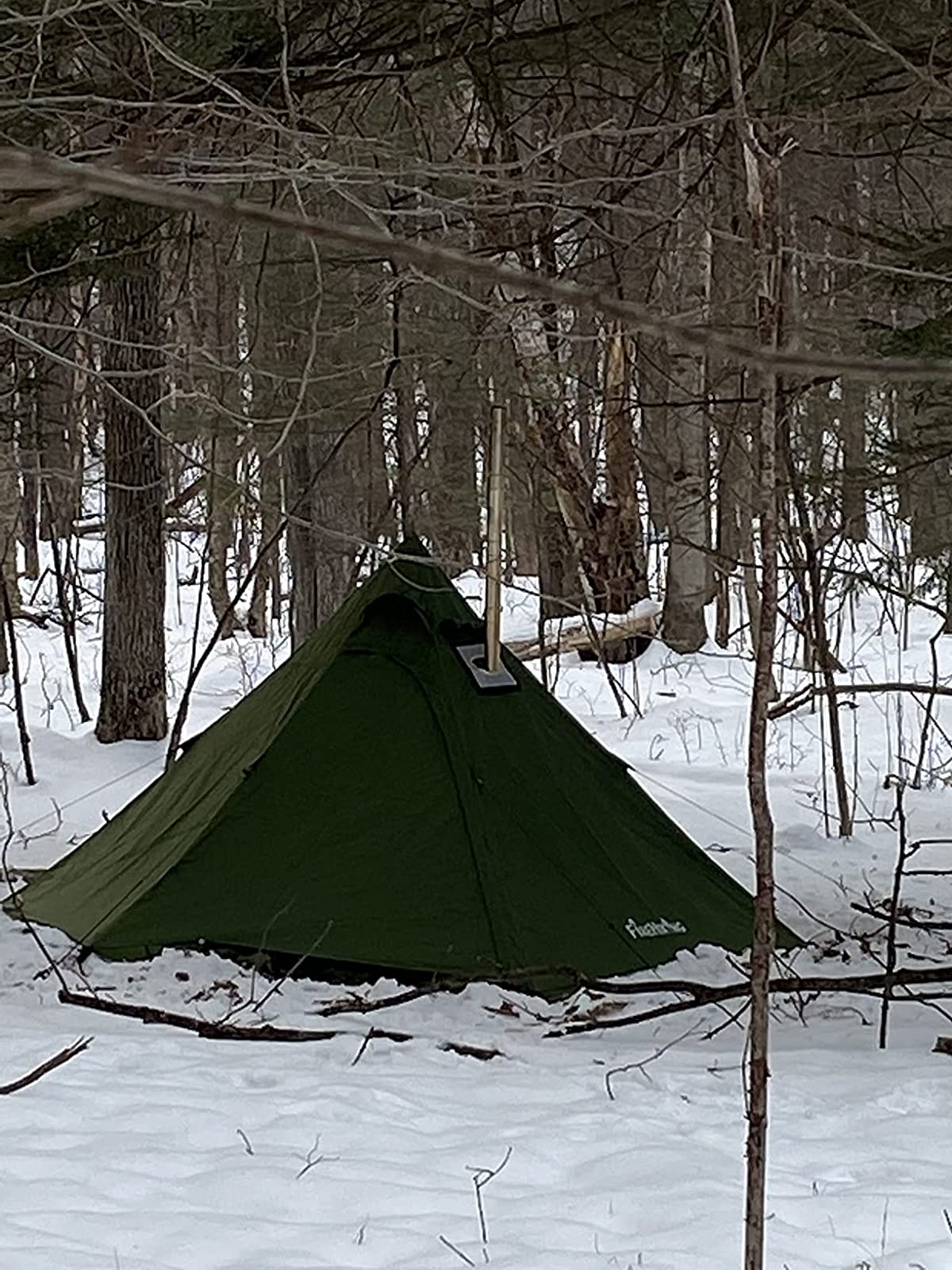8 Tips for Your First Time Camping in Winter
During the winter, the temperatures can fall below freezing, even down to single digits, and you need the proper knowledge, gear, and clothing to stay warm, dry, and comfortable. If you don’t pack wisely in summer, you might be uncomfortable, but it’s usually no big deal. But, in the winter, you risk illness, injury, or a really miserable outing if you’re not prepared.

1. Check the weather
As with all of your outdoor adventures, you should do your homework and find out the weather conditions you’ll likely encounter while camping. You can check the forecast with local media or the . Remember that conditions can change quickly, so be prepared with all of the clothing and supplies you’ll need for a worst-case scenario.
2. Choose the right campsite
Whether you’re backpacking or tent camping, the right campsite can be the difference between an enjoyable, cozy winter outing or one that’s miserably cold. Look for a campsite that has trees or rocks that can partially block the wind, but make sure the trees are sturdy and that they’re not dead, dying, or rotting. The same goes with branches. Don’t pitch camp under dodgy looking limbs that could come crashing down.
3. Layer up
The lynchpin to your winter camping getup is a close-fitting base layer to trap body heat. A pair of polypropylene long johns work great as a cheaper option. You’ll also want an insulating layer that you can take on and off as you warm up and cool down throughout the day.
4. Stay dry
That brings us to a second winter camping maxim: Stay dry. Water conducts heat better than air does, so wet clothes will quickly lower your body temperature. Even working up a sweat can dangerously cool you down in the long run. Take it slow and peel off layers to limit perspiration.
5. Dress for sleeping success
It’s not always comfortable to change clothes while hiking or camping in the cold of winter, but you should change into dry, clean clothes before you go to sleep. If your clothes are dry you’ll stay warmer at night, and dirty clothes typically hold dirt and oil from skin, which reduces their insulating properties.
6.Choose the right hot tent
Four-season tents are designed to withstand winds and rain or snow. To reduce drafts, they typically have little mesh for ventilation and a rainfly that extends almost to the ground. Plus, the poles are very sturdy so they can stand up to the wind. The downside is that four-season tents can build up lots of condensation in the more humid areas of the US.
6. Choose the right sleeping bag
First see if you can make do with what you have. You can avoid shelling out for a brand-new cold weather bag by buying a sleeping-bag liner, which can extend the temperature rating of your sleeping bag by 10 to 15 degrees. If the forecasted lows are way out of your sleeping bag’s range, you’ll want to invest in a 0-degree or lower bag.
7. Insulate yourself from the ground
Much of your heat loss while camping is from sleeping on the cold ground. If possible, use two pads under your sleeping bag—the bottom pad should be closed-cell foam, while the upper pad should be thin and inflatable.
8. Consume plenty of calories
Pack a stove so you can prepare warm drinks.
When planning your meals, make sure they’re high in calories, which your body needs to burn to stay warm. Keep your meals simple and easy to make, preferably one-pot meals. When you arrive into a cold campsite tired and hungry, you don’t want to mess with anything that’s difficult to prepare.
- Company Infomation
- About us
- FireHiking Story
- Contact Us
- Notice
- Blog
- Company Policies
- Payment Policy
- Return&Refund Policy
- Shipping Policy
- Privacy Policy
- Intellectual Property Rights
- Become Affiliate
- Terms Of Use
- Terms of Use
- User Center
- Forget Password
- My Orders
- Tracking Order
- My Account
- Register
